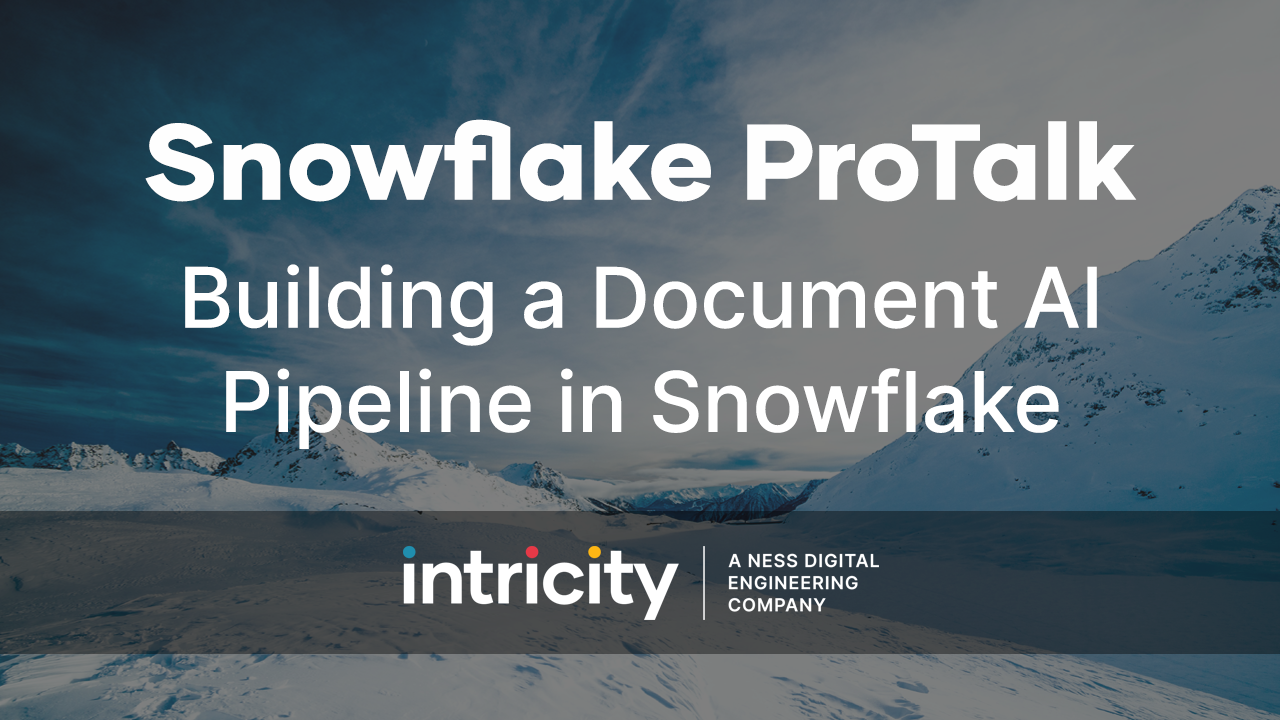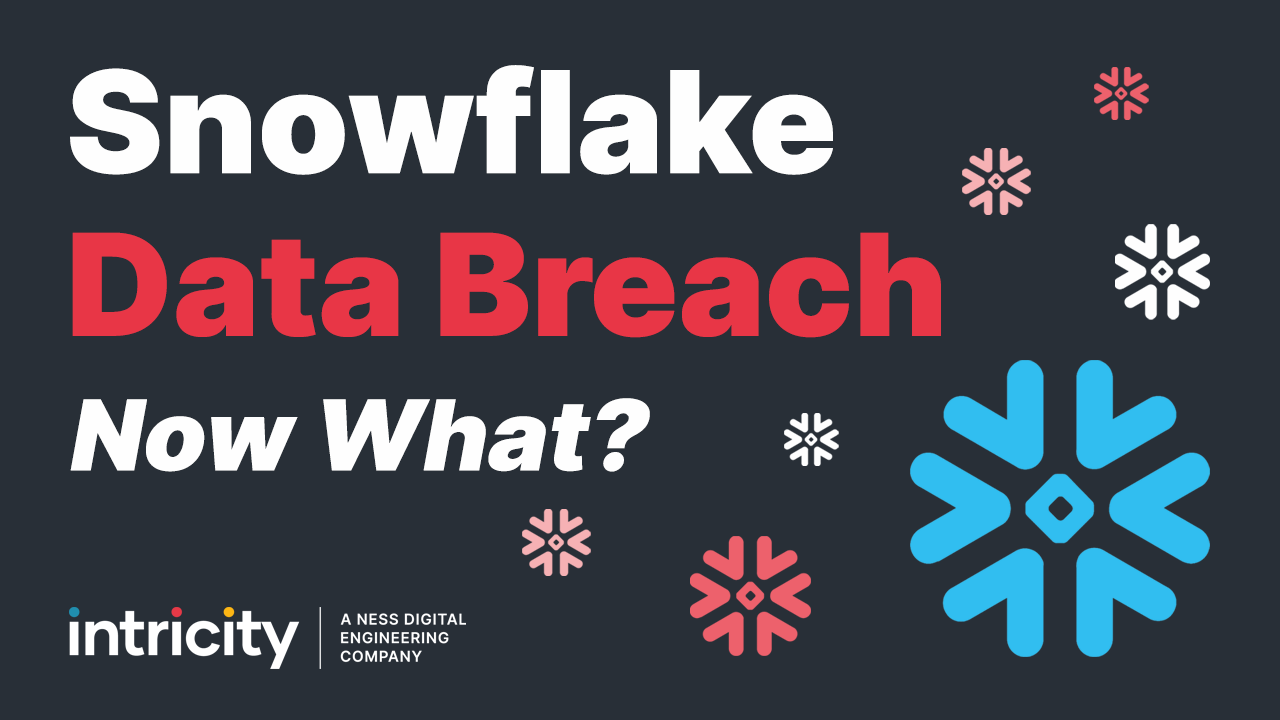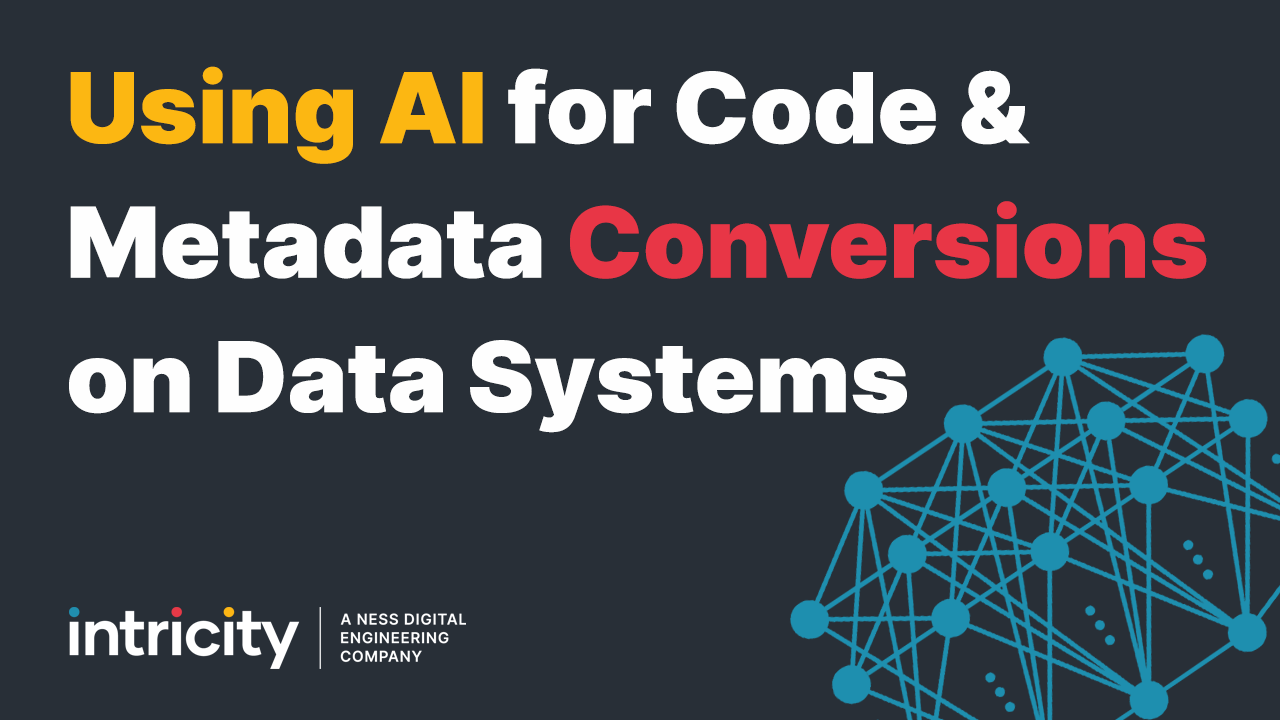About 5 years ago I published a video titled “What’s Your Data Management Maturity?” That video has been in many boardroom meetings helping executives make sense of what their data management landscape challenges are. I want to do a refresher on that video by creating a series of 4 or 5 individual videos to dive deep into what each company size is often experiencing.
If you’ve seen the video than you’re aware that the maturity timeline isn’t a timeline at all, but rather its a revenue line. Additionally, you’re aware that the solutions that I share aren’t what ideally should occur but rather what naturally occurs, and the habits that are formed as companies adapt and grow.
For this video, let’s start with organizations that are roughly 50 million dollars in size. I called this the reflexive stage in my original video, but today I would call this the Discovery phase. Today companies this size are very fluid with their decision making. Often people in these companies use individual analytics or spreadsheets to consume data. This is because the organization itself is still seeking for the processes that drive differentiation and success. So being flexible to adaptation is important. Additionally, most companies this size require independent knowledge workers because their processes haven’t been fully monetized yet.
This independence reminds me of a video from the It’s ok to be smart channel about... slime molds.
Yes slime molds. See slime molds reach out in all directions initially and it takes a lot of energy to do that. I like to think of this initial outreach as the young phase of an organization. They haven’t really hit their stride yet, so they spend a lot of resources on individuals that are super independently enabled. They’re individually discovering what creates success. I’ll refer to the slime mold analogy in other videos so lets box that up for now. I’ve linked that slime mold video in the description.
So, smaller organizations are more likely to have a very decentralized form of decision making. But this behavior isn’t without consequence. If the organization has to make a strategic decision based on data, it can be very difficult to do so because every individual has their own version of how to analyze the business.
This is common for organization but in smaller organizations it rarely changes the data management landscape, rather it turns into a justification for buying their first large application, whether its a CRM, ERP, or something that commoditizes a process, even if it's some kind of custom application.
The deployment of enterprise applications introduces operational reporting to companies. This is the tactical reporting, which the enterprise application coughs up about transactions and interactions. It’s not sexy but its reliable and accurate in its own sphere.
So now the organization has two camps of data, some coming from loosely organized individual analytics, and others coming from orderly operational reporting of daily activities from the application. This is the beginning of a split data culture within an organization.
Now companies that are between 50-100 million dollars in size can justify spending big dollars for a solid data architecture IF data is part of the factory floor. Or in other words, if data is part of what is being sold to your customer, than the investment is well worth it. Otherwise, most organizations this size will hobble along with fairly siloed individual analytics and out of the box operational reports. It doesn’t have to be that way, but often this is the path of least resistance for companies this size. If you would like to see if your data investments represent a factory floor investment for your organization I recommend you read my whitepaper called “Data for the Factory Floor”. In the next video in this series we’re going to talk about companies that are between 100-200 Million dollars in size. If you have questions in the meantime you can reach out to us and talk with an Intricity Specialist.


